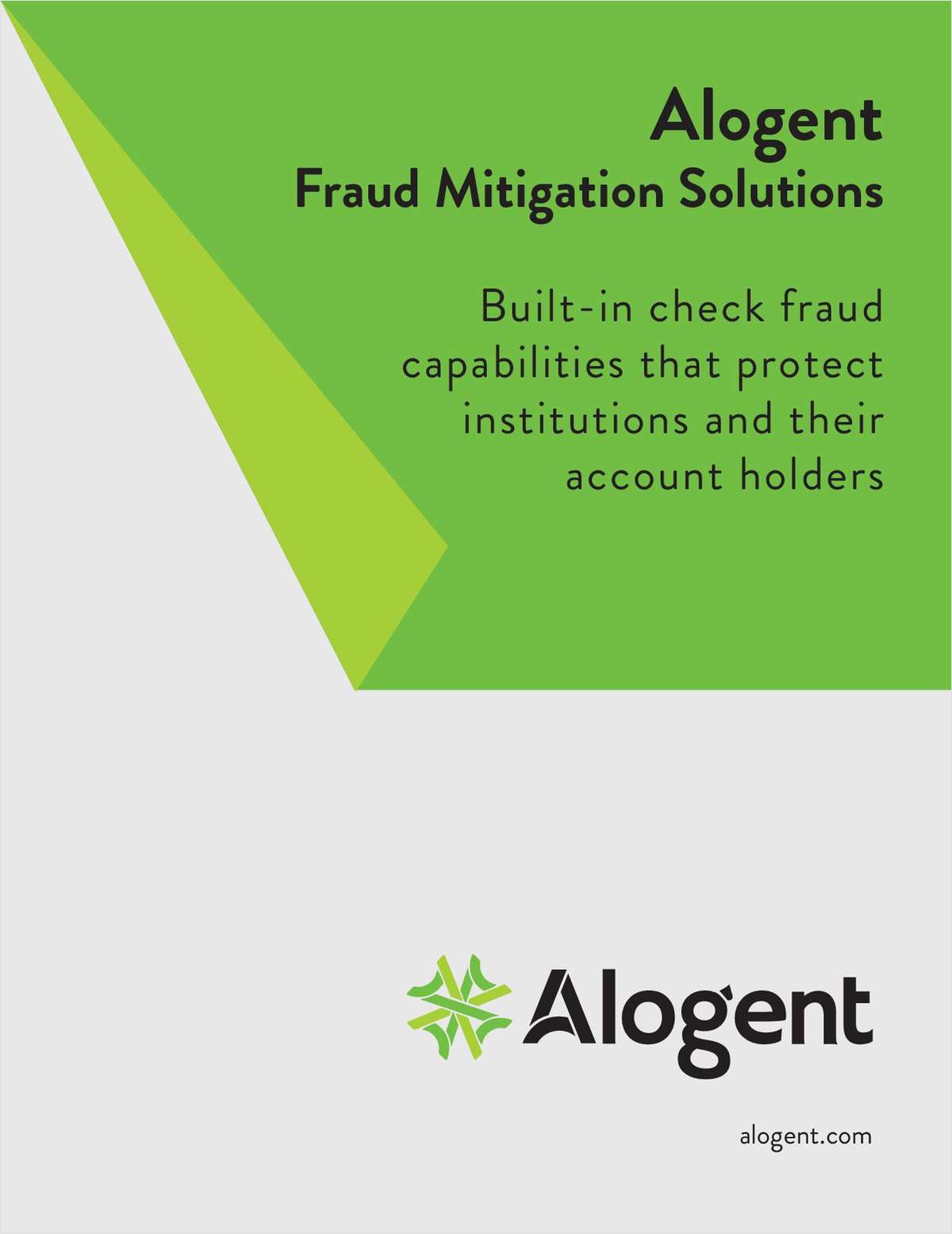Had the failed Constitution Corporate FCU written off its investment losses as incurred, the $1.3 billion corporate could today have as much as $100 million in positive equity, according to Kevin Heal, vice president of sales and business development at the Washington-based mutual fund provider Trust for Credit Unions.
Heal analyzed Constitution Corporate's current actual investment losses, which were posted publicly online Tuesday by the Chip Filson-led Co-Ops for Change, and provided the comments in a release from the group.
In June, Filson, who is also chairman of Callahan & Associates, posted online 2,504 legacy asset CUSIP numbers he obtained from Credit Union Times and invited industry executives to crowdsource current values for the securities that were formerly owned by five failed corporate credit unions.
Credit Union Times obtained the information from the NCUA in May.
Constitution was liquidated on Nov. 30, 2010 after it was seized on Sept. 24, 2010. It was the only corporate out of the five that was not given a chance to recapitalize as a bridge institution.
 “In examining the Constitution portfolio we found that out of the $1.46 billion of securities originally purchased between 2002 and 2007, there has been $55 million in realized losses,” Heal said. “While more losses are expected in the future, it seems that a number of these securities will eventually recover most of their value.”
“In examining the Constitution portfolio we found that out of the $1.46 billion of securities originally purchased between 2002 and 2007, there has been $55 million in realized losses,” Heal said. “While more losses are expected in the future, it seems that a number of these securities will eventually recover most of their value.”
According to Co-Ops for Change, the analysis shows $598 million in investments with a principal balance of $383 million remaining as of June 30, 2013. The book-value reduction is due to principal pay downs of $215 million, including $55 million in actual/implied losses. This leaves over $100 million in OTTI reserves.
Filson said analysis of the former Connecticut-based corporate is the first of five that will be posted by Co-Ops for Change.
for Change.
The goal of the project, he said, is to allow credit unions to judge whether corporate losses will exceed the failed cooperatives' reserves, and if additional assessments to pay for corporate stabilization are necessary. The NCUA Board is expected to announce the 2013 corporate assessment rate at its July 25 monthly meeting.
“Constitution's spreadsheet and analysis offer a starting point for evaluating past actions and future projections,” Filson said. “The final outcome may be much better than estimated, suggesting the need for a judicious approach in future cases that includes reforming the process.”
The NCUA was not immediately available for comment on the analysis.
Complete your profile to continue reading and get FREE access to CUTimes.com, part of your ALM digital membership.
Your access to unlimited CUTimes.com content isn’t changing.
Once you are an ALM digital member, you’ll receive:
- Breaking credit union news and analysis, on-site and via our newsletters and custom alerts
- Weekly Shared Accounts podcast featuring exclusive interviews with industry leaders
- Educational webcasts, white papers, and ebooks from industry thought leaders
- Critical coverage of the commercial real estate and financial advisory markets on our other ALM sites, GlobeSt.com and ThinkAdvisor.com
Already have an account? Sign In Now
© 2024 ALM Global, LLC, All Rights Reserved. Request academic re-use from www.copyright.com. All other uses, submit a request to [email protected]. For more information visit Asset & Logo Licensing.









